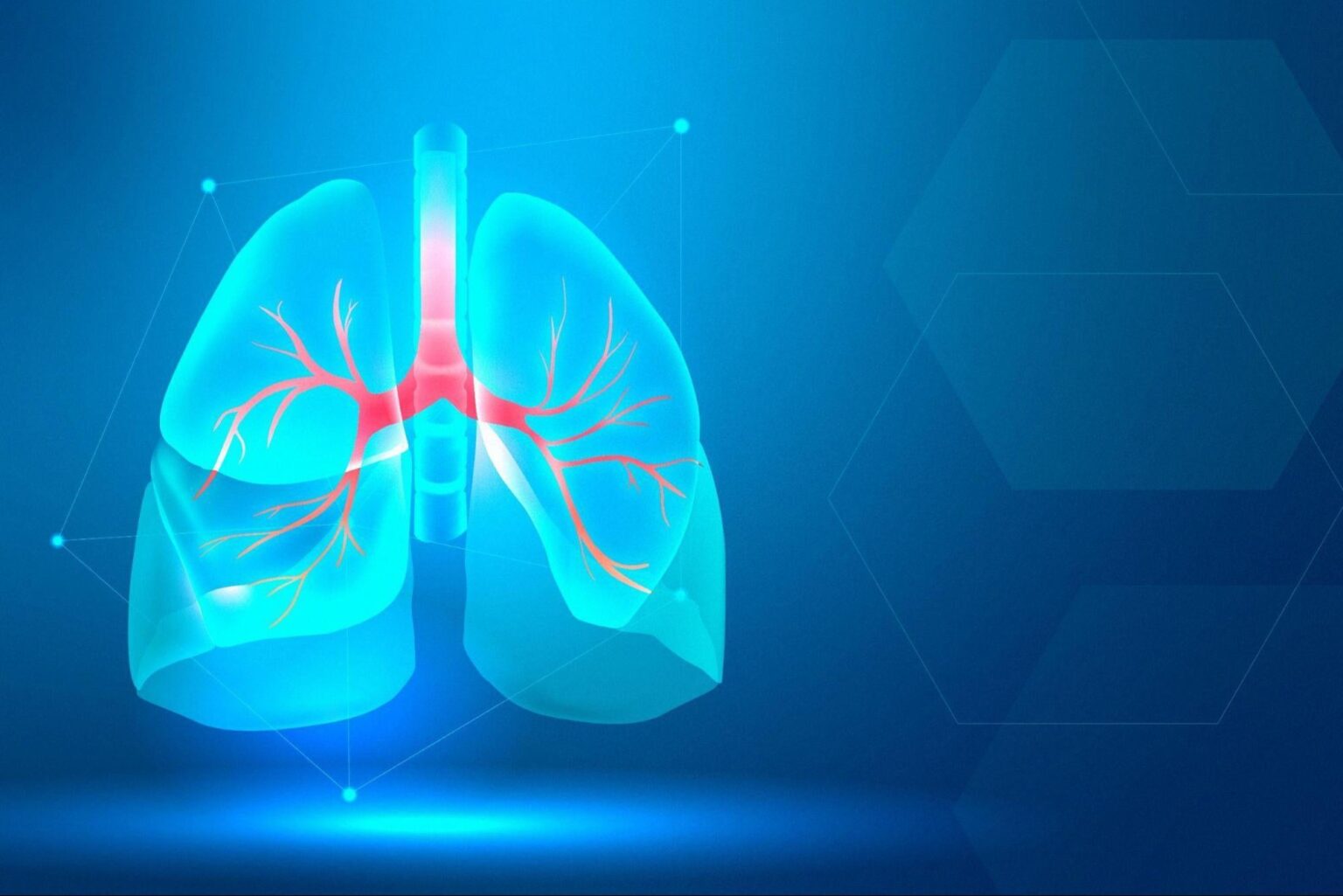Studies show that moderate to powerful physical activities can benefit the lung volumes and the expiration current of a person for at least 60 minutes a week.
If you want to improve your breathing, how can physical activity benefit your lungs? What types of exercises can help improve your lung function?
This article explains the importance of physical activity on your lungs and expands the various exercises that you can perform to improve your lung health.
Exercise is a great way to stimulate your fitness, to strengthen your heart and improve your mood. It is also beneficial for your lungs.
Your lungs and heart work hard through physical activity to deliver the oxygen that your muscles need. In turn, your lungs and heart can also become stronger.
Exercise can also make you work, that has cooled your body. If you have Sweaty palmsPay extra attention when handling training equipment to accidentally prevent slips.
Read on to read the benefits of physical activity on your lungs and which exercises you can do to make your lungs stronger and healthier.
How physical activity can benefit the lungs
If you are physically active and regularly train, you may notice that your breathing takes longer than before.
This change happens because physical activity makes your body more efficient to get oxygen into the bloodstream and to transport it to your muscles.
Sub exercises can also help strengthen the neck, breast and aperture muscles and muscles between your ribs. These muscle groups work together to provide your inhalation and exhalation with power.
Studies show that regular exercise and physical activity help improve your quality of life, whether you are healthy or have a lung condition. Many people associate with main mining against a healthy heart, losing weight and reducing the risk of developing diseases such as diabetes. But exercise can also help keep the lungs healthy.
People with pulmonary designs such as COPD (chronic obstructive lung ease) usually use more energy when breathing than others. Regular exercise can help determine their symptoms and hinder their breathing.
COPD is a group of diseases that lead to breathing problems and airflow blocks. This condition affects 16 million Americans and includes desenases such as emphysema (gradual damage to the lung tissues) and chronic bronchitis (inflammation of the airways).
If you have a long -term lung condition, the idea to quickly get out of breath can make you feel unmotivated for exercising. But if you are not that active, you can become less fit, making daily activities even more challenging.
In such cases, considered asing for doctor or physiotherapist for guidance before you start exercising. If you do this that your training plans are safe and match your capacity.
Assoid of physical activity, breathing exercises can also improve your lung performance. One study that evaluates four breathing exercises showed that research activities can help decorate breathing speed and increase the tidal volume (amount of air that a person uses per breath) in healthy people.
Physical activity can also help to lower your risk of developing serious diseases such as lung cancer, heart disease, stroke and diabetes. In general you can take advantage of physical activities of age, body size or that you are from body body or with a disability.
Types of exercises that can help improve lung function
According to the American Lung Association, adults have to participate for 30 minutes of moderate physical activity for 30 minutes.
Healthy people can do moderate exercises by walking four to six kilometers (2.5 to 3.7 thousand) per hour. If you have lung problems, consider walking fast enough to make your moderate breath.
You can keep your lungs healthy, even in the comfort of your house if you do not want to undergo a formal training program. Example of moderate activities that you can do without having to go to the gym, are:
- Lash
- Recreational bicycles
- Gardening
- Powerful housebine
Muscle strengthening and aerobic exercises can also benefit your lungs. Aerobic activities that can give your lungs and the heart the right training to function efficiently, include walking, running and using the jump rope.
If you prefer muscle -strengthening activities, consider weightlifting or pilates to strengthen your respiratory muscles, build your nuclear force and improve your posture.
You can also perform breathing exercises to improve lung health. If you have healthy lungs, breathing becomes easy and natural.
Your aperture does approximately 80% of the work and fill your lungs with oxygen and other gas when breathing in and re -making waste gas when breathing out.
If your aperture does not work at full capacity, your body will start using the neck, back and chest muscles to breathe. This condition can translate into the oxygen lesson, giving you spare air for exercises and other physical activities.
Breathing exercises in particular can help train your body to breathe deeper and effectively and strengthen your aperture.
If you regularly practice breathing exercises, you can eliminate accumulated old air in your lungs. This outcome also helps to increase the oxygen level and get your aperture to help you breathe again.
An example of a breathing exercise is aperture or abdominal breathing. To perform this exercise, pierce through your nose and observe that the air fills your belly.
Breathe two or three times longer through your mouth than you inhale and relax your shoulders and neck. You are actions, you can help you to train your aperture to take on the work of filling and emptying your lungs.
Before you start a training routine, it is considering making an appointment with your care provider. You can ask them which training sessions you show and how often you have to do those activities.
Also consider the following tips during exercise:
- Sumt soft warm-up activities at the start of your training. These activities must include the muscles that you use during your exercise.
- Don’t forget to do stretching exercises to improve your flexibility.
- In exercises that help build your endurance and improve your ability to practice for longer periods.
- Increase your activity at a comfortable pace and don’t be afraid to get out of breath with moderation.
- Improve your muscle strength by weightlifting or type of similar exercises.
- After your training, stand your breathing normally and cools down by stretching the muscles you used.
With your training program you have to train at your own pace and have to build up over time to adjust your body. If you reach a point where you get breathless to talk, take slow or a short break when you are needed.
References
The influence of regular physical activity on lung function in parapegical people
https://www.nature.com/articles/sc20164
Exercise and Long Health
https://www.lung.org/lung-health-diseases/wellness/exercise-and-lung-health
Your lungs and practice
https://www.ncbi.nlm.nih.gov/pmc/articles/pmc4818249/
Exercise to build healthy lungs
https://www.myhealth.va.gov/mhv-portal-web/s20181019-build-healthy-lungs
Chronic obstructive lung disease (COPD)
https://www.cdc.gov/copd/index.html
Breathing exercises: influence on breathing patterns and thoracoabdominal movement in healthy test subjects
https://www.ncbi.nlm.nih.gov/pmc/articles/pmc4311599/
Breathing exercises
https://www.lung.org/lung-health-diseases/wellness/Breaing-e- enexercisses

